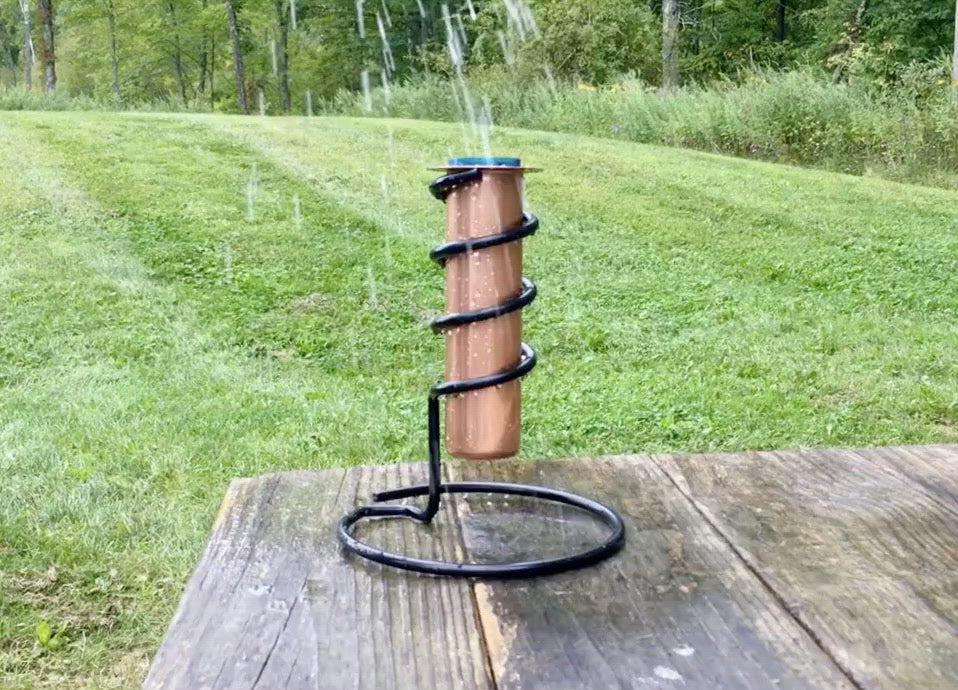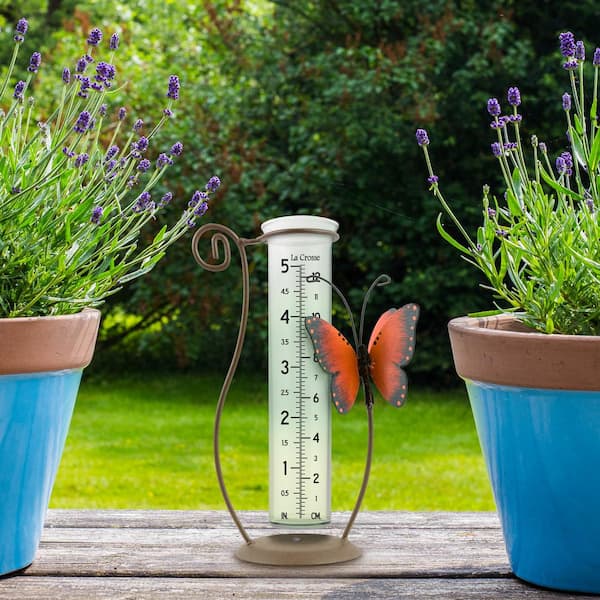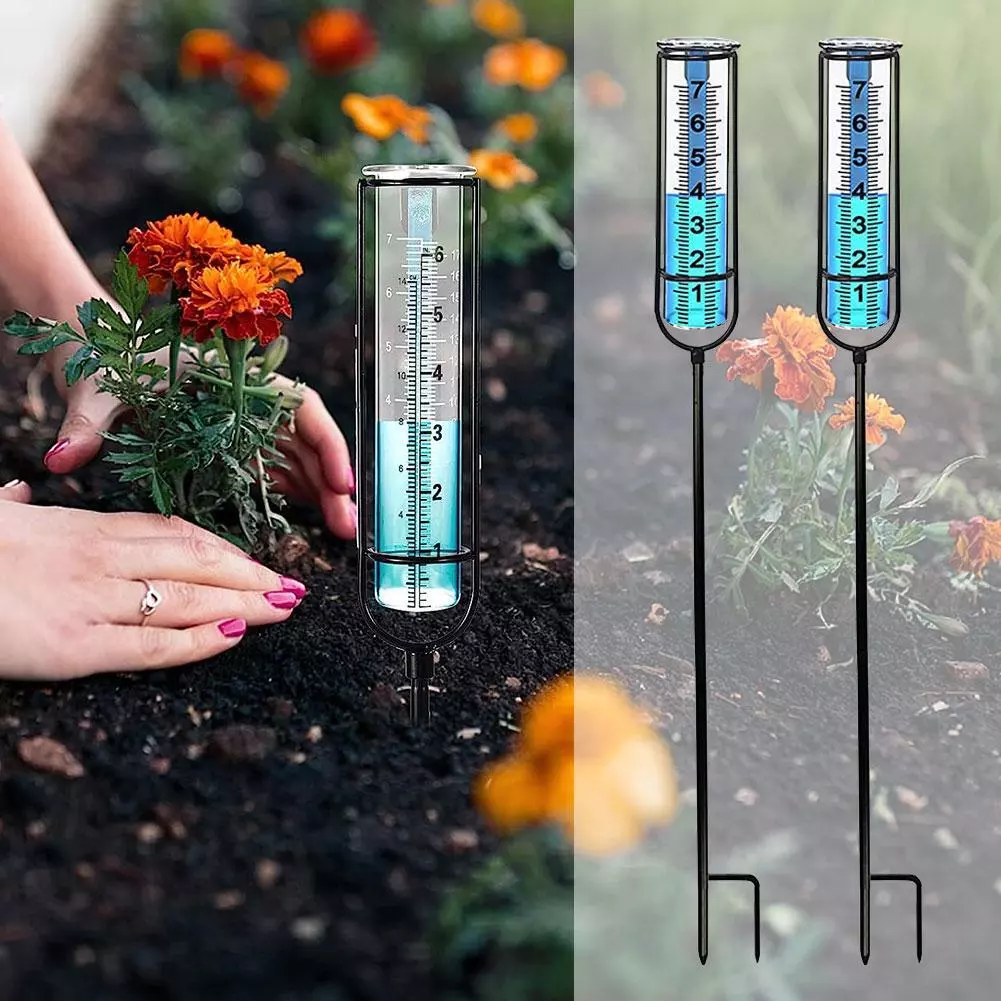Just How to Pick the Right Rainfall Scale for Accurate Rainfall Data
To get trusted dimensions, it is necessary to pick the best rain scale. Thinking about variables such as area, type, and precision of the rain scale will assist guarantee precise information collection. Additionally, recognizing the maintenance and calibration treatments will contribute to the durability and dependability of your rain gauge.
Significance of Choosing the Right Rain Gauge
The value of choosing the best rainfall gauge exists in obtaining trustworthy and precise rains data for precise atmospheric evaluation. Rainfall information is important for a wide variety of applications, consisting of climate forecasting, hydrological modeling, and environment study. Incorrect or unstable information can result in wrong conclusions and flawed decision-making processes.

Second of all, the precision and precision of the rain scale are extremely important. The scale must have the ability to gauge rains with high precision, catching also small amounts of rainfall precisely. It must likewise minimize errors due to evaporation, wind, and various other environmental elements. Routine calibration and upkeep are necessary to make sure continuous precision.
Additionally, the location and setup of the rain gauge are critical factors to consider. It ought to be positioned in an open area, far from obstructions that can affect rains measurements. The scale should be placed at an appropriate elevation and angle to prevent spilling and guarantee correct catchment of rainwater.
Variables to Take Into Consideration When Selecting a Rain Gauge
When selecting a rainfall scale, there are numerous key factors to think about. There are various kinds available, including conventional rainfall assesses, tipping bucket rainfall determines, and weighing rain evaluates.
One more aspect to think about is the product of the rain scale. Rain determines can be made from numerous products, such as steel, plastic, or glass. The material picked need to be durable and immune to climate condition, ensuring that the rainfall scale will stand up to the aspects and supply accurate measurements with time.
Precision is likewise a vital aspect to consider. Look for rainfall assesses that have been calibrated and examined for precision. Attributes such as anti-splash rings and funnels can additionally enhance the accuracy of the dimensions.

Lastly, take into consideration the environment and environment in which the rainfall gauge will be made use of. Different rain determines are appropriate for various climates, so it is necessary to select one that is ideal for the problems in your location.
Different Kinds Of Rainfall Gauges Offered
To further explore the aspects to consider when selecting a rainfall scale, it is essential to understand the various sorts of rain assesses readily available. There are several kinds of rain determines, each with its own advantages and negative aspects. The most usual type is the common rainfall gauge, also called the round rainfall scale. This type is composed of a straight-sided round container with a funnel-shaped top. It is simple to use and offers precise dimensions of rainfall.
An additional sort of rain scale is the tipping pail rain gauge. This scale makes use of a seesaw-like system to gather and determine rainfall. As the rain drops right into the gauge, it fills out one side of the pail, triggering it to tip and empty the water. The variety of pointers is counted electronically to identify the quantity of rainfall. Tipping bucket rain assesses are preferred for their accuracy and ability to determine rains intensity.
A third kind of rain gauge is the considering rain gauge. This scale uses an equilibrium system to determine the weight of the collected rains. As the rain falls under the gauge, it is gathered in a container connected to an equilibrium. The weight of the water is measured, and the rains quantity is calculated based upon the weight. Weighing rainfall evaluates are very precise however can be much more pricey and require normal maintenance.
Lastly, there are additionally remote rain gauges that usage progressed innovation to gauge rainfall (The Rain Gauge). These assesses usage sensing units and transmitters to send information wirelessly to a main unit. Remote rain determines are convenient for keeping track of rains in hard-to-reach areas or for large data collection
Just How to Identify the Accuracy of a Rainfall Scale
One way to analyze the accuracy of a rainfall scale is by performing regular calibration measurements. Calibration includes contrasting the analyses of a rain gauge to a common dimension, such as a certified rain gauge or a weather condition terminal with high precision. By comparing the measurements, any inconsistencies or find mistakes in the rainfall gauge can be identified and accounted for.
To carry out a calibration measurement, begin by gathering rains information from both the rainfall scale and the basic measurement device over a particular time duration, such as a month. Contrast the readings and calculate the difference between them. This difference is called the calibration error.
It is essential to note that calibration measurements should be performed routinely, as environmental variables, such as debris, wind, and temperature, can influence the accuracy of the rain scale in time. By conducting normal calibrations, any kind of modifications in the accuracy of the rainfall gauge can be identified and changes can be made appropriately.
In addition to calibration, it is additionally suggested to clean and preserve the rain scale frequently to ensure its precision. Eliminate any kind of debris or blockages that may influence the accuracy of the measurements, and examine for any type of signs of damages or wear that may call for repair services or replacement.
Tips for Keeping and Calibrating Your Rainfall Scale
Routine upkeep and calibration are important for ensuring the precision and dependability of your rainfall gauge in determining rains information (The Rain Gauge). By following a couple of straightforward suggestions, you can ensure that your rain scale is appropriately preserved and calibrated
Firstly, it is essential to cleanse your rainfall scale on a regular basis to avoid any kind of debris or dirt from obstructing the rainfall collection device. Use a moderate cleaning agent and a soft brush to carefully cleanse the within and outside of the gauge. Wash it completely with clean water and enable it to completely dry entirely prior to re-installing it.
Secondly, it is suggested to adjust your rainfall scale a minimum of yearly. Calibration entails contrasting the measurements of your rain gauge with those of a trusted and exact referral gauge. This will certainly aid you determine and correct any type of prospective mistakes in your rainfall scale's dimensions.
To adjust your rainfall gauge, gather a well-known volume of water using a measuring container and compare it with the measurements tape-recorded by your rain gauge. Change the analyses appropriately to make sure precision.

Conclusion
In verdict, selecting the best rainfall gauge is this page essential for acquiring exact rains data. Elements such as purpose, location, and budget plan should be thought about when selecting a rain scale.
There are various types offered, including common rainfall assesses, tipping bucket rain gauges, and considering rainfall assesses.To better explore the elements to think about when selecting a rain gauge, it is crucial to recognize the various kinds of rainfall assesses offered. The most typical type is the common rainfall scale, likewise known as the cylindrical rainfall scale.One more type of rain gauge is the tipping bucket rainfall scale. Calibration includes comparing the readings of why not try this out a rainfall scale to a standard dimension, such as a qualified rainfall gauge or a weather terminal with high precision.